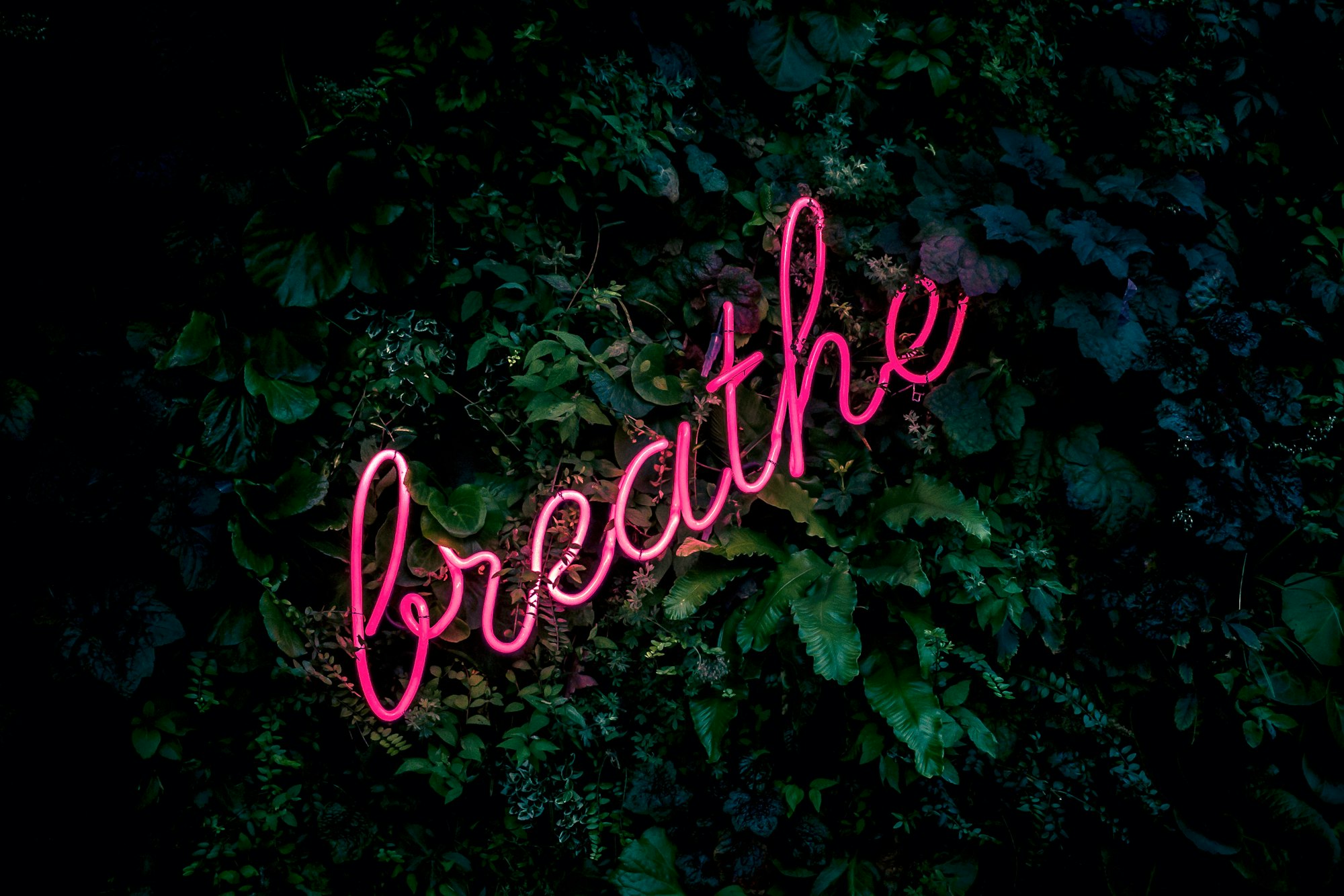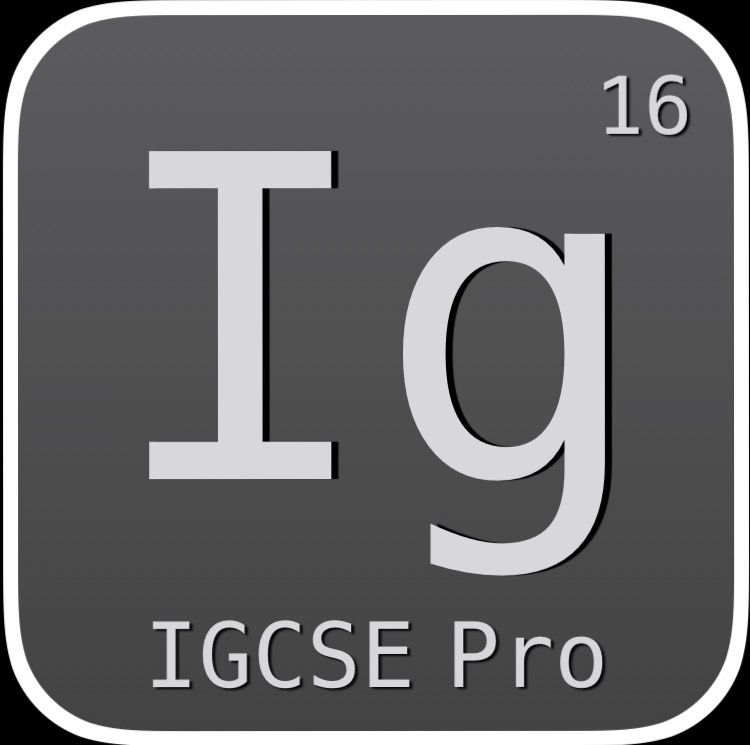Gas Exchange in Humans

Gas Exchange
Structure of the Lungs
| Part | Function |
|---|---|
| Cartilage (in Trachea) | Prevents the Trachea from collapsing when there is an absence of air.Acts as a protective part, and helps protect the Trachea |
| Ribs (or structurally the Rib Cage) | Protects the lungs, blood vessels, and other vital organsExpands and Contracts assisting with breathing. |
| Intercostal muscles | Help create and move the chest wallSituated between the Ribs |
| Diaphragm | Creates a change in volume and pressure in the Thorax, helping ventilate the lungs |
Properties of the cells in the Lungs
- The cells in the Lungs are structured in a way to help us breathe as efficiently as possible.
- The cells are one cell thick. This shorter distance helps air diffuse faster
- The cells are kept moist throughout. If there is a lack of moistness, the cell can die
- The proximity (distance) between the cells and the blood vessels/ supply is small. This ensures that the gasses can be carried and exchanged almost instantly.
- The cells also have a very large surface area, which helps multiple molecules of gasses to diffuse at once.
- To ensure the concentration levels of Carbon Dioxide and Oxygen are in a healthy balance, the lungs are well ventilated by fresh supplies of air, every time you breathe in and out!
Inspired and Expired Air
When the inspired air travels through our gas exchange system in our lungs, the oxygen is diffused through our blood vessels into the bloodstream.
| Inspired Air | Expired Air | |
|---|---|---|
| Oxygen Content (%) | 21% The atmospheric concentrations of oxygen in the air is at 21%. When we breathe in (Inspire Air), 21% makes up the amount of oxygen in that air. | 18% Not all oxygen in inspired air is diffused. This ends up making up the 18% oxygen content in expired Air. Hence, on average, only 3% of oxygen in the inspired air is diffused each time we breathe in! |
| Carbon dioxide Content (%) | 0.04% The atmospheric concentrations of Carbon Dioxide in the air is 0.04%. This makes up a very minute proportion of the air we Inspire. | 3% Relatively, much more Carbon Dioxide is present in expired air as it is a product of respiration. |
| Nitrogen Content (%) | 78% for both Inspired and Expired Air Nitrogen makes up most (78%) of the air in the atmosphere. Our gas exchange system is not designed to diffuse Nitrogen as it is an unwanted gas that is not required for respiration. Hence this percentage remains the same for both inspired and expired air. | |
| Water Vapor Content | Fluctuates depending on climate and region Water vapor in the atmosphere differs depending on the time of day, time of the year, region, and climate. For example, If you live in a place that has higher humidity- especially places in the tropics close by the sea or ocean- the water vapor content in the air is bound to be very high. | Saturated amounts present Expired air contains saturated amounts of water vapor as it also acts as a temperature regulator for your body. |
Test for Carbon Dioxide
Test with Limewater. Result: Limewater turns milky in the presence of Carbon Dioxide.
Explanation:
- Limewater, or Aqueous Calcium Hydroxide [ Ca(OH)₂ ] ( a solution of Calcium Hydroxide in water) is alkaline in nature with a pH of 12.4
- Carbon Dioxide when dissolved in water forms Carbonic Acid [ H₂CO₃ ] which is acidic in nature with a pH of 5.6
- In the presence of Carbon Dioxide, Limewater turns milky as a neutralisation reaction takes place.
Breathing
| Factors | Breathing In | Breathing Out |
|---|---|---|
| External Intercostal Muscles | External Intercostal Muscles contract | External Intercostal Muscles relax |
| Rib Cage | Rib Cage is pulled upwards and Outwards | Rib Cage is pulled downwards and Inwards |
| Diaphragm | Diaphragm muscles contract, moving the Diaphragm upwards | Diaphragm muscles relax, returning the Diaphragm to its original dome shape |
| Lung Volume | Lung Volume increases, decreasing the pressure in Lungs | Lung Volume decreases, increasing the pressure in Lungs |
| Movement of Air | Air rushes into the lungs to compensate for the decrease in pressure | Air is pushed out of the lungs |
Muscles and Cells in the Lungs
Internal Intercostal Muscles: Decrease the space in the cavity in the chest and help forcibly exhale air when coughing or sneezing.
Goblet Cells: Produce mucus to filter the air for microorganisms and dust particulates
Ciliated Cells: Have Cilia which are long hairy formations that extend from the cells. These move back and forth in coordination to transport and move mucus up the lungs towards the mouth.
Physical Activity and Breathing
Physical Activities such as exercising, biking, running, working out, etc can create a surge in your breathing rate as more oxygen is needed in your body
An increase in breathing rate increases breaths per minute and the volume of total air inspired.
Increased physical activity leads to muscle tissues respiring at a faster rate, producing more Carbon Dioxide. An increase in the volume of air inspired helps regulate pH levels.
This is the end of this guide. Hope you enjoyed it! Thanks for using www.igcsepro.org! We hope you will give us a chance to serve you again! Thank you!
Next Topic:
Respiration- IGCSE Biology 2020-21 - IGCSE Pro
Definition of Respiration: Chemical Reactions that break down molecules ofnutrients in living cells to release energy The energy released from Respiration is used for the following purposes: * Passage of nerve impulses throughout the nervous system * Creating new cells * Cell Division * Physi…


